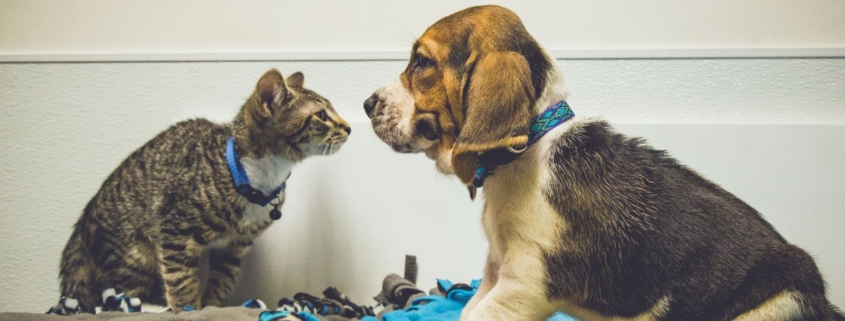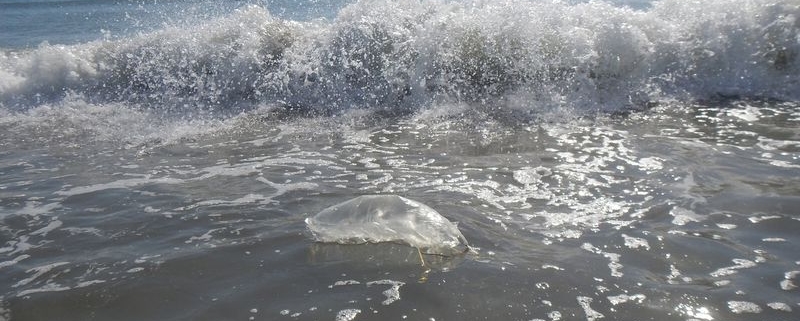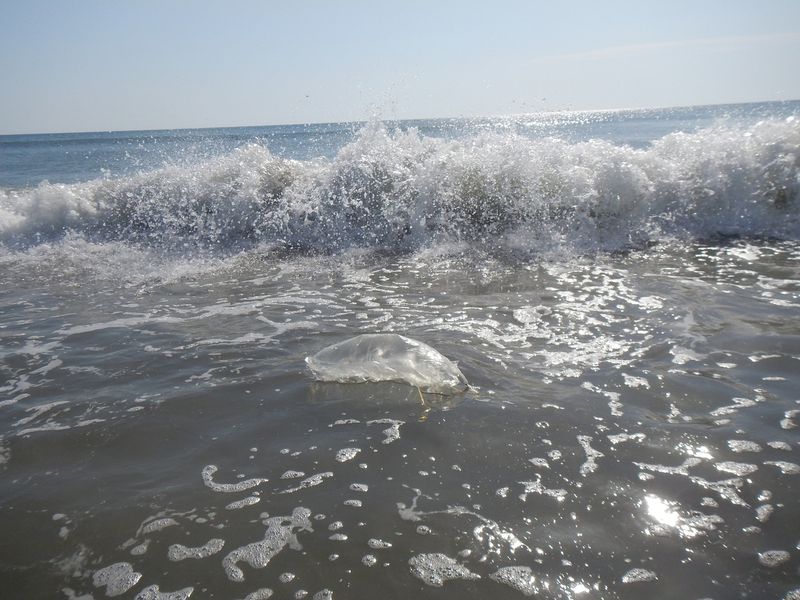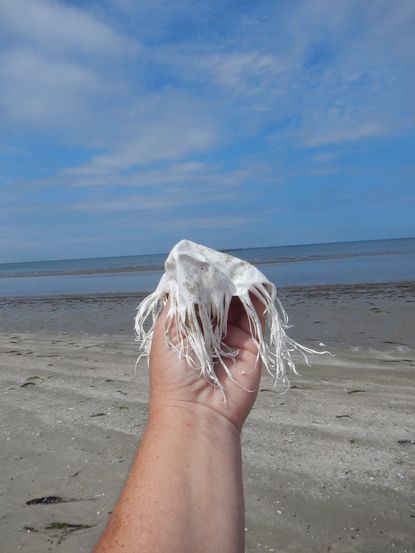Community Service Spotlight: Chesapeake Humane Society Giving Tree
Posted: 12-08-2020
Girl Scouts love helping others and the holiday season is an especially busy time of year for Girl Scouts doing community service to help their community friends, including the four paw friends!
Girl Scout Brownie Troop 382 in Chesapeake, led by Carolyn Engler, decided to create a Giving Tree to support animals cared for by the Chesapeake Humane Society. The Brownies identified the need in the community to help animals. They took action to research what the animals most needed and then set about developing a plan. They contacted a nearby animal feed store in Chesapeake, Tractor Supply Co. located on Centerville Turnpike, and asked if they could place a holiday tree in the store with wish list ornaments. The answer, yes!
The girls then set about making ornaments. Each ornament is made of paper but unique in design, and each has a written item from the Chesapeake Humane Society’s wish list. The girls’ goal was to have customers and community friends pick up an ornament and then place the gifts they purchased or made under the tree.
Each week, the troop checks on the gifts and arranges a pick-up. To date, they have collected more than 100 pounds of food and items to donate!
Whether you’re out shopping or celebrating with friends and family, don’t forget your furry friends this holiday season! Check with your area animal shelters or animal services to see what they might be in need of and then take action!

Each ornament has a wish list item

Picking up donations from the tree






